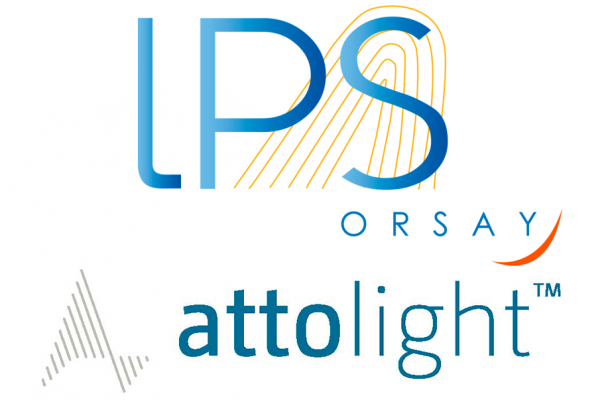Post-doc position: Cathodoluminescence Light Excitation spectroscopy (Orsay, France)

The STEM Group (CNRS - LPS, Orsay) and Attolight are recruiting a Post-doctoral Scientist in "Cathodoluminescence light excitation spectroscopy", for a 2-year contract. Deadline for applications: October 1st, 2020.
Work Context
The STEM group is active in the development of new electron spectroscopy techniques in electron microscopes. In particular, it explores the use of electron spectroscopy for nanooptics. Attolight is a Swiss company developing quantitative cathodoluminescence.
Recently, research in electron-based spectroscopy has focused on the optical properties of materials for nanooptics and quantum nanooptics. Understanding such materials require the development of novel instrumentation, which allies the power of optical and quantum optical tools with the unbeaten spatial resolution of electrons. As an example, the LPS has demonstrated the possibility of detecting single photon sources using electron excitation through cathodoluminescence (CL). This was achieved for individual Nitrogen-Vacancy centers in diamond and a defect at 4.1 eV in h-BN.
Despite being a benefit in many aspects, the broadband excitation spectrum associated with the electrons leads to an important question concerning CL: what is the precise excitation pathway that leads to light emission after electron excitation? And where do the differences observed between photoluminescence and CL of the same objects arise? In purely optical techniques, excitation mechanisms can be unveiled by performing photoluminescence excitation spectroscopy (PLE). Here, we would like to take inspiration from these experiments to dig deeper into the light emission process of materials under fast electron irradiation.
Missions and activities
In this project, supported by the European project ESTEEM3, the successful candidate will develop a totally new type of experiments to measure temporal correlations between specific electron energy loss events and photon emission in fixed energy ranges. This development will be attached to an ultra-high spectral resolution scanning electron microscope fitted with a CL detection system. The observed correlations will help us understand the energy transfer pathways that lead to CL emission. Initially experiments will be performed in different semiconductors and wide-bandgap gap materials, such as III-N layers and diamonds.
The project involves mostly instrumentation development. The candidate will coordinate the advancement of the project with the groups engineers with the guidance of the PIs.
The candidate will be in charge of setting up the instrumentation necessary for the experiments in the project. Upon completion of the instrumentation, the candidate will perform tests and the initial experiments. The candidate will also be responsible for data analysis, manuscripts redaction and participation in conferences.
Expected profile
- Knowledge in one or more of these fields: 1) Electron microscopy and spectroscopy, with emphasis on Electron Energy Loss Spectroscopy and CL; 2) time-correlation experiments; 3) Time-resolved spectroscopy
- Instrumentation or willingness to learn it;
- Python programming.
Useful links
- Full job position and application on the CNRS Website
- For more information, please contact Dr Luiz Galvao-Tizei or Dr Mathieu Kociak
Post-doc offer: Cathodoluminescence Light Excitation spectroscopy [PDF, 796.15 KB, not barrierefree]
